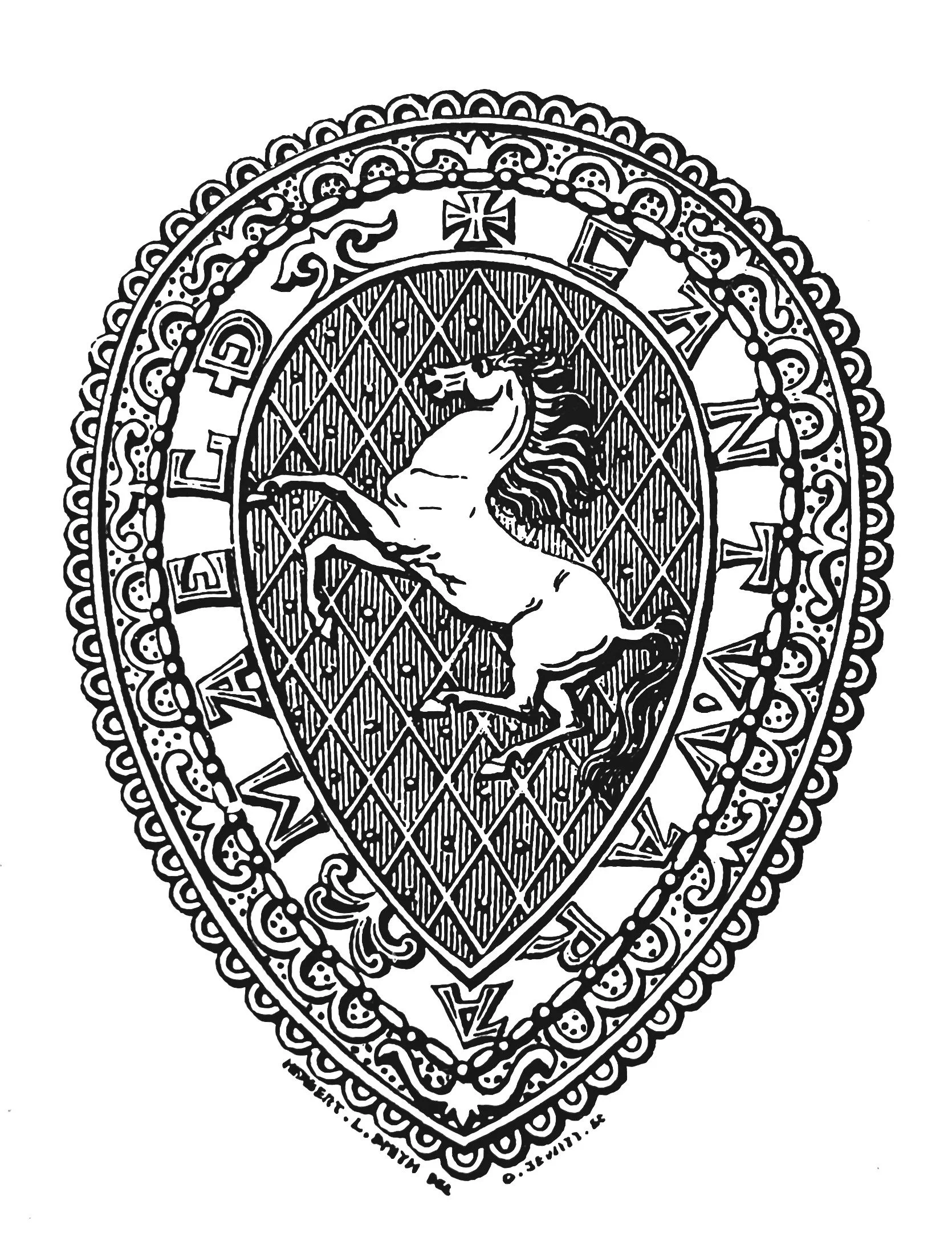KAS Newsletter, Issue 15 (Spring 1990). Maidstone: Kent Archaeological Society.
KAS Newsletter, Issue 15 (Spring 1990). Maidstone: Kent Archaeological Society.
KAS Newsletter, Issue 15 (Spring 1990). Maidstone: Kent Archaeological Society.
Peter Dawson, L.M.A.R.G., 1990, KAS Newsletter, Issue 15 (Spring 1990). Maidstone: Kent Archaeological Society.
Kenneth Gravett, President, 1990, KAS Newsletter, Issue 15 (Spring 1990). Maidstone: Kent Archaeological Society.
KAS Newsletter, Issue 15 (Spring 1990). Maidstone: Kent Archaeological Society.
KAS Newsletter, Issue 15 (Spring 1990). Maidstone: Kent Archaeological Society.
Joy Saynor, 1990, KAS Newsletter, Issue 15 (Spring 1990). Maidstone: Kent Archaeological Society.
KAS Newsletter, Issue 15 (Spring 1990). Maidstone: Kent Archaeological Society.
KAS Newsletter, Issue 15 (Spring 1990). Maidstone: Kent Archaeological Society.
KAS Newsletter, Issue 15 (Spring 1990). Maidstone: Kent Archaeological Society.


R. A. C. Cockett, Fawkham & Ash Arch. Group, 1990, KAS Newsletter, Issue 15 (Spring 1990). Maidstone: Kent Archaeological Society.